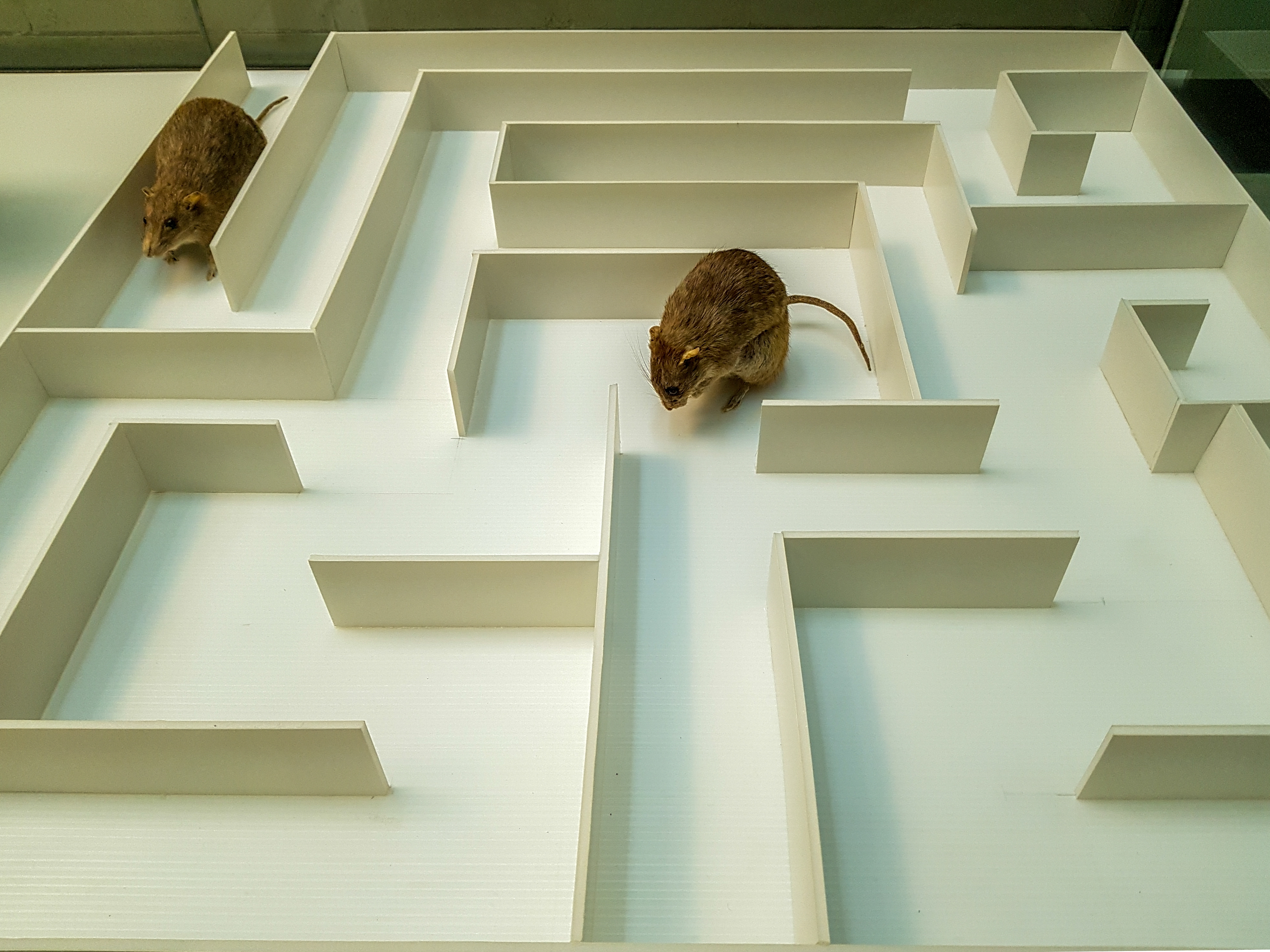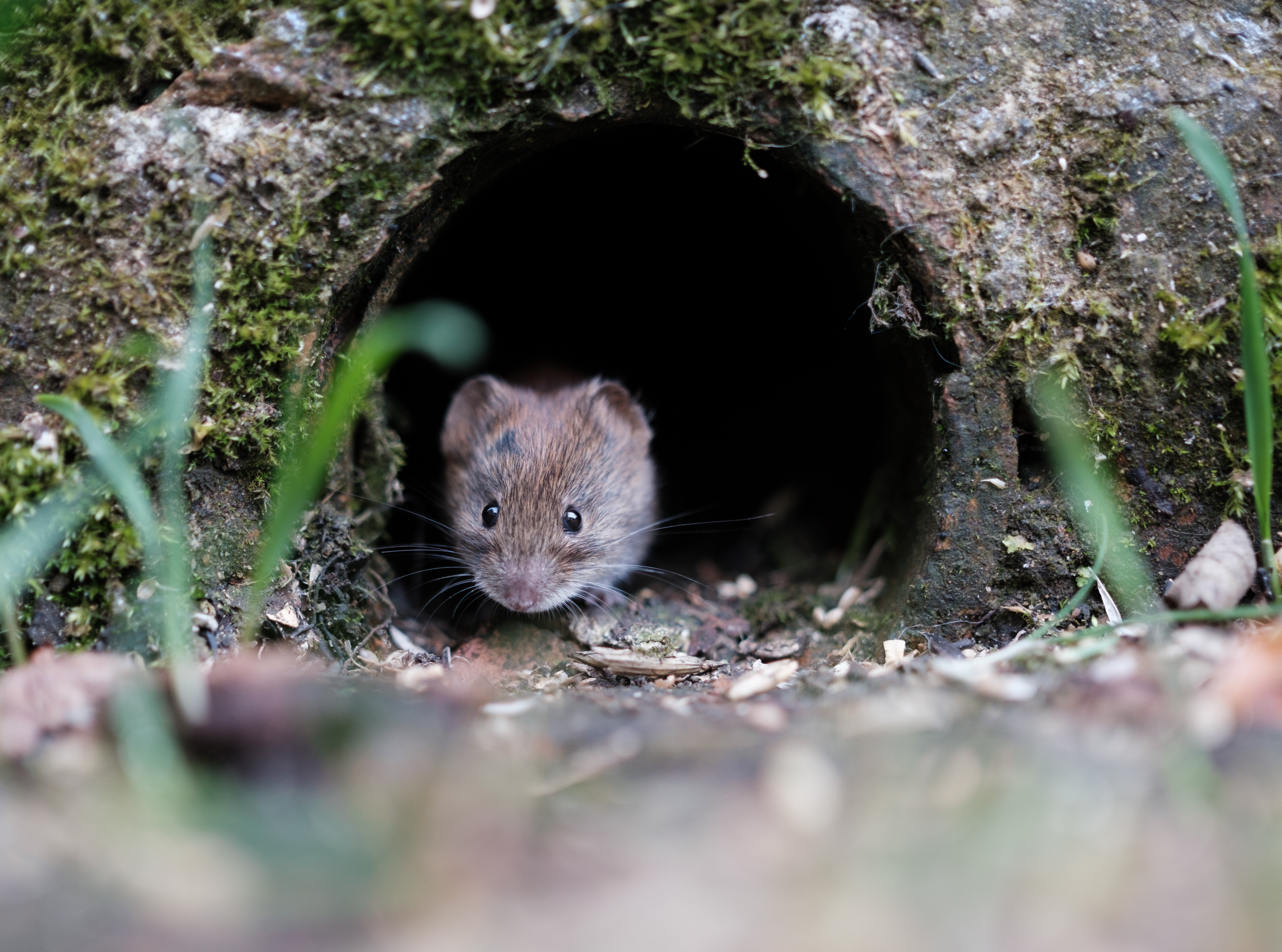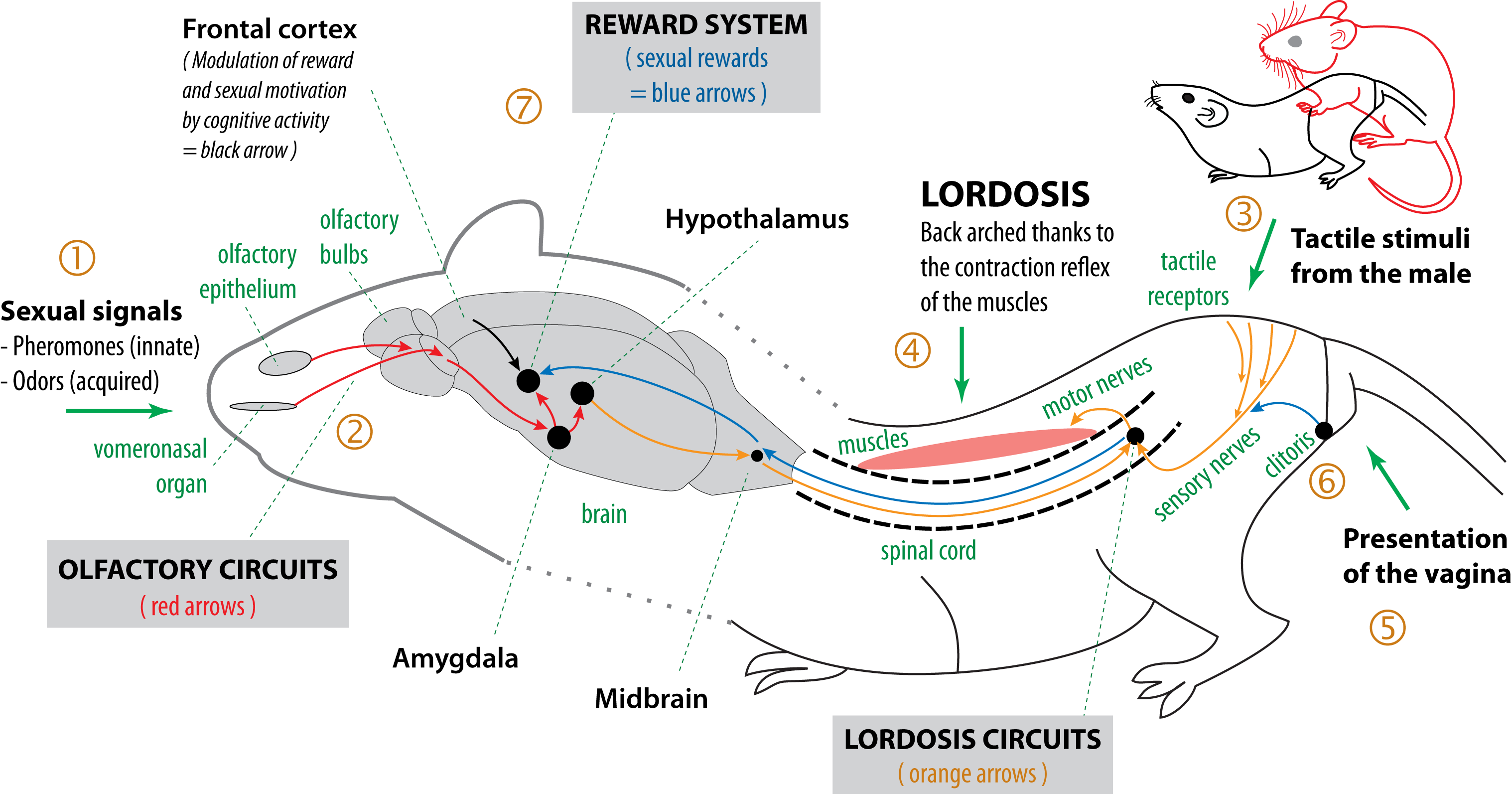The Secret Lives of Rodents: 6 Things They Don't Want You to Know
Often underestimated and overlooked, rodents are among the most successful mammals on the planet. Over 2,000 species have adapted to nearly every environment, from bustling urban landscapes to the remotest forests. This adaptability is not just a result of their prolific breeding; it is a testament to their remarkable intelligence and strategic behavior. While they might seem simple creatures, rodents possess sophisticated strategies that have allowed them to thrive in diverse and often hostile environments. This article delves into the hidden realms of rodent life, exploring their strategy to survive, thrive, and outsmart their predators—and sometimes, even humans. As we embark on this journey, we will uncover six key strategies that these small but mighty creatures have kept hidden from us, revealing a world of complexity and cunning that rivals any mammalian counterpart.
Strategy One: Navigational Mastery

Rodents are exceptional navigators, using a combination of environmental cues and learned routes to traverse their habitats with precision. Their ability to create and remember detailed mental maps is a testament to their cognitive abilities. For instance, research on rats has shown their capacity to recognize complex mazes and navigate them easily, even after significant time has passed. This spatial memory is not just for traversing known paths but also for exploring new territories. Rodents often use landmarks, scent trails, and even the sun's position to orient themselves. This navigational prowess is crucial for finding food, avoiding predators, and locating safe nesting sites. Moreover, rodents exhibit a remarkable ability to adapt their navigational strategies based on environmental changes, a skill observed in urban rats that navigate the complex web of city infrastructure. Their mastery of navigation is a fundamental strategy that underpins their survival and success across diverse landscapes.
Strategy Two: Communication and Social Structures

While rodents are often seen as solitary creatures, many species exhibit complex social structures and communication methods. For example, prairie dogs have a sophisticated vocal communication system that can convey detailed information about predators, including size, speed, and type. This level of communication requires a rich vocabulary and the cognitive ability to interpret and respond to these signals appropriately. As seen in naked mole-rats, social structures in rodents can range from loose aggregations to highly organized colonies. These colonies operate with a division of labor similar to that of eusocial insects like ants and bees, with specific roles such as workers, soldiers, and a breeding queen. This social organization enables them to manage resources and defend against threats efficiently. Understanding rodents' social dynamics and communication strategies provides insight into how they maintain cohesive groups and thrive in various environments, showcasing their adaptability and intelligence.
Strategy Three: Resource Management and Foraging Techniques

Rodents are resource management masters, employing various foraging techniques to ensure a steady food supply. Their foraging behavior is often strategic, involving the assessment of food availability, quality, and risk. Some species, like the beaver, engineer their environments to create food-rich habitats by building dams and lodges. Others, such as squirrels, are known for their caching behavior, storing food in multiple locations to ensure they have access to sustenance during lean times. This behavior requires an excellent memory to recall cache locations, which is a testament to their cognitive capabilities.
Additionally, rodents often exhibit opportunistic foraging, quickly adapting to new food sources as they become available. This flexibility in diet and foraging strategy is a key factor in their ability to colonize diverse environments. Understanding these resource management techniques gives us insight into how rodents maintain their populations and ecological roles despite challenges.
Strategy Four: Adaptation to Environmental Pressures

Rodents have evolved a remarkable ability to adapt to various environmental pressures, from climate change to urbanization. This adaptability is evident in their physiological and behavioral traits. For instance, some rodents have developed resistance to certain poisons, a direct response to human attempts at pest control. Others have adapted to urban environments by altering their activity patterns, becoming more nocturnal to avoid human interaction. Some species undergo physiological changes in colder climates, such as growing thicker fur or altering their metabolism to conserve energy. These reactive and proactive adaptations allow rodents to anticipate and prepare for environmental changes. Their ability to rapidly adapt to new challenges is key to their resilience and success as a group. By examining these adaptations, we can appreciate rodents' evolutionary ingenuity and capacity to thrive under diverse conditions.
Strategy Five: Reproductive Ingenuity

The reproductive strategies of rodents are as varied as they are ingenious, ensuring their survival and proliferation. Many rodents have high reproductive rates, with some species capable of producing multiple litters each year. This reproductive strategy responds to high predation rates, ensuring enough offspring survive to adulthood. However, it's not just about quantity; rodents also employ quality strategies. For example, some species exhibit parental care, with mothers investing significant time and energy in nurturing and protecting their young. Others, like the house mouse, have developed social breeding systems where multiple females share nursing responsibilities and protect the young. These strategies ensure that offspring have a higher chance of survival in their early stages of development. Understanding these reproductive strategies highlights the evolutionary pressures that have shaped rodent populations and their ability to maintain stable populations despite external threats.
Strategy Six: Defensive Mechanisms and Predator Evasion

Rodents have developed a wide array of defensive mechanisms to evade predators and increase their chances of survival. These mechanisms range from physical adaptations, such as developing sharp claws and teeth for defense, to behavioral strategies like freezing or fleeing when threatened. Some species, like the porcupine, have evolved unique physical defenses in quills, while others, like the kangaroo rat, use incredible agility and speed to escape predators. Additionally, many rodents have developed keen senses of hearing and smell, allowing them to detect predators from a distance and take evasive action. Some species also use deception, such as playing dead or using alarm calls to warn others of danger. These defensive strategies are a testament to the evolutionary arms race between rodents and their predators, showcasing the ingenuity and adaptability of these creatures in the face of constant threats.
The hidden realms of rodents reveal a world of complexity and intelligence that is often overlooked. From their navigational mastery and social structures to their resource management and adaptive strategies, rodents can survive and thrive in diverse environments. Their reproductive and defensive strategies further highlight their evolutionary success and resilience. By understanding these strategies, we gain insight into the intricate lives of rodents and the evolutionary pressures that have shaped their existence. As we continue to explore and study these fascinating creatures, we uncover their secrets and the broader ecological roles they play in maintaining the balance of ecosystems. The strategies rodents keep from us are not just survival tactics; they are a testament to the remarkable adaptability and intelligence of one of nature's most enduring groups.







